Hip
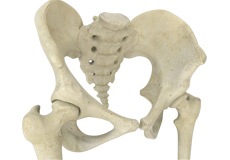
Hip Anatomy
The hip joint is the largest weight-bearing joint in the human body. It is also referred to as a ball and socket joint and is surrounded by muscles, ligaments and tendons. The thighbone or femur and the pelvis join to form the hip joint.
Extra-articular soft Tissue Injury or Abnormality (Outside the joint)

Sports Hernia
Sports Hernia, also known as Athletic Pubalgia is an overuse injury caused by excessive strain on the muscles and tendons of the lower abdomen or groin area. It is common in athletes who participate in sports such as soccer, hockey, football, and tennis.

Muscle Injuries
Muscle strains are more common injuries in sports. Muscle strain refers to an injury of a muscle or its attaching tendons. A tendon is a tough, fibrous cord of tissue that connects muscles to bone. There are two types of muscle strains, acute strain and chronic strain.
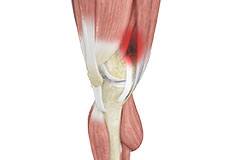
Illiotbial Band Syndrome
Iliotibial band syndrome is an overuse injury resulting from the inflammation of iliotibial band. Iliotibial band is a tough group of fibers that begins at the iliac crest of hip and runs along the outside of the thigh, to get attached to the outer side of the shin bone just below the knee joint.
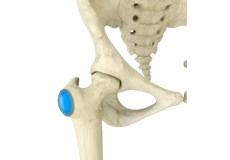
Greater Trochanter Bursitis
Greater trochanter bursitis also called hip bursitis is a common problem caused by inflammation of the bursa that overlies the greater trochanter (bony prominence at the outer side of the hip). A bursa is a small sac filled with fluid which acts as a cushion and allows smooth motion by reducing the friction between the muscles and the bone.

Snapping Hip Syndrome
The hip is an important joint that helps us walk, run and jump. The ball-and-socket joint in the hip is formed between the round end of the femur (thighbone) and the cup-shaped socket of the acetabulum (part of the hip bone).
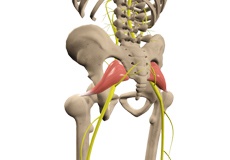
Piriformis Syndrome
Piriformis Syndrome is an uncommon rare neuromuscular condition caused by the compression of the sciatic nerve by the piriformis muscle. The sciatic nerve is a thick and long nerve that passes below or through the piriformis muscle and goes down the back of the leg and finally ends in the feet in the form of smaller nerves.
Intra-articular injury or abnormality
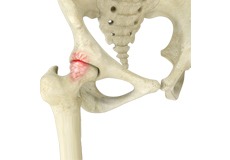
Femoro Acetabular Impingement FAI
Femoroacetabular Impingement FAI is a condition resulting from abnormal pressure and friction between the ball and socket of the hip joint resulting in pain and progressive hip dysfunction. This when left untreated leads to the development of secondary osteoarthritis of the hip.

Labral Tear
Hip labrum is labrum lining around the socket of the hip joint. Labrum serves many functions where it acts as shock absorber, lubricates the joint, and distributes the pressure equally. It holds the head of the femur in place and prevents the lateral and vertical movement of the femur head with in the joint.
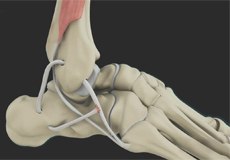
Cartilage Injury
Articular cartilage is a complex avascular (no blood supply) tissue which consists of cells called chondrocytes suspended in a collagenous matrix. It appears as a smooth, shiny, white tissue at the ends of the bones which come in contact with each other to form a joint.

Loose Bodies
Loose bodies are small loose fragments of cartilage or a bone that float around the joint. The loose bodies can cause pain, swelling, locking and catching of the joint. Loose bodies occur if there is bleeding within the joint, death of tissueslining the joints associated with tuberculosis, osteoarthritis and rheumatoid arthritis.
Pelvis and Hip Fractures

Pelvic fractures
Pelvic fracture is a condition that arises due to breakage of the pelvis bones. It may damage internal organs, nerves, and blood vessels associated with the pelvis region.
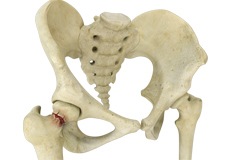
Hip fracture
The hip joint is a “ball and socket” joint. The “ball” is the head of the femur or thigh bone and the “socket” is the cup shaped acetabulum. The joint surface is covered by a smooth articular surface that allows pain free movement in the joint.

Contusions
Quad contusion also called, thigh bruise or charley horse is a contusion (injury that does not break the skin) to the quadriceps muscles. The quadriceps muscles are large group of muscles located in the front of the thigh. They help in extending (straightening) the leg.

Avulsion Fractures
Hamstring injuries are common in athletes who participate in sports activities such as track, soccer, and basketball that involve running. The three hamstring muscles namely semitendinosus, semimembranosus and biceps femoris are at the back of the thigh and helps you bend (flex) your knee and extend your leg.

Stress Fractures
A stress fracture is described as a small crack in the bone which occurs from an overuse injury of a bone. It commonly develops in the weight bearing bones of the lower leg and foot. When the muscles of the foot are overworked or stressed, they are unable to absorb the stress and when this happens the muscles transfer the stress to the bone which results in stress fracture.
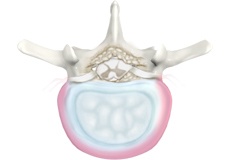
Degenerative Disease
Inflammation of the joints is referred to as arthritis. The inflammation arises when the smooth covering (cartilage) at the end surfaces of the bones wears away. In some cases, the inflammation is caused when the lining of the joint becomes inflamed as part of an underlying systemic disease.










